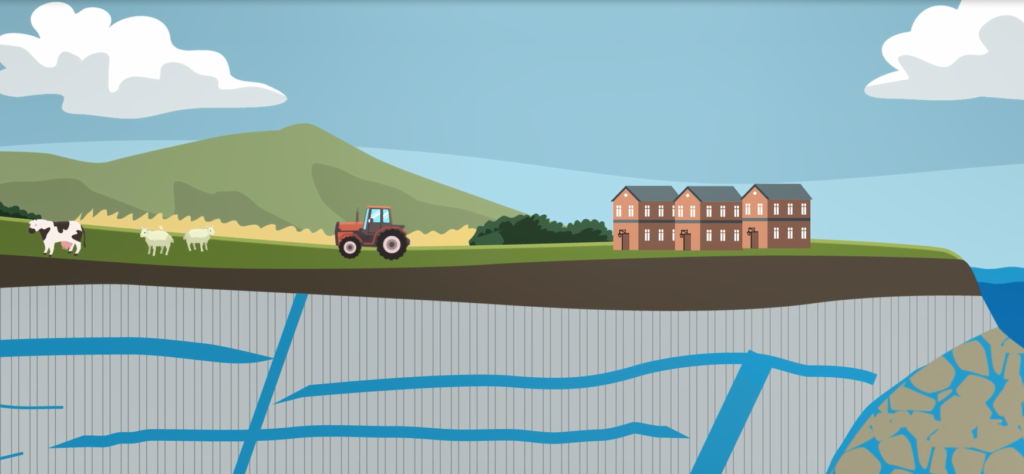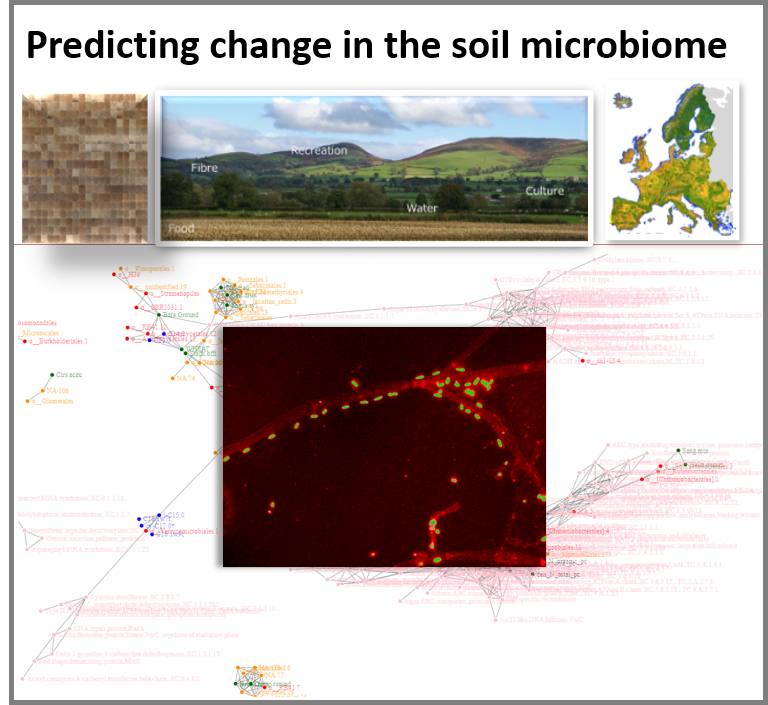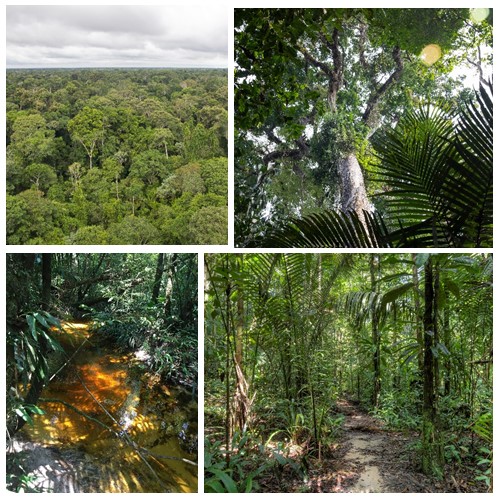Understanding the indirect climate impacts of halogens in the troposphere
Halogen (i.e. chlorine, bromine & iodine) gases are ubiquitous in Earth’s atmosphere and since the 1970s are recognised as the principal driver of stratospheric ozone layer depletion. While the impact of halogens in the stratosphere is well understood, it is now increasingly recognised that halogens play a far wider role and may have profound, but […]
Early warning of reservoir dam failure: harnessing machine learning and novel ground imaging for enhanced hazard assessment
This is an exciting opportunity to explore deep learning (DL) methods, in combination with geophysical and hydro-mechanical models, to extract information on the stability of dams and other earthworks. The collapse of the auxiliary spillway of the Toddbrook Dam following heavy rain during summer 2019 brought significant public attention to potential hazards from failure of […]
The vulnerability of soil carbon to extreme rainfall
There is a growing imperative to reverse global soil carbon losses and increase soil carbon stocks. This action could contribute to climate change mitigation and improve food security. While efforts to increase soil carbon are focused on enhancing soil carbon stabilisation and persistence, soil carbon can also be subject to destabilisation and loss through physical […]
Drivers and demographic consequences of seabird foraging strategies in a changing environment
Coastal marine ecosystems are undergoing rapid change due to multiple anthropogenic impacts including overfishing, climate change, pollution and renewable energy generation. These changes have important impacts on marine organisms, including top predators such as seabirds, leading to increased concern for protected populations. Understanding how seabirds adjust their behaviour with respect to spatio-temporal variation in their […]
Predicting soil microbial responses to environmental change
DNA sequencing has revolutionised our understanding of soil microbial biodiversity, uncovering the ecology of thousands of novel taxa and providing new opportunities for innovation within areas such as biomonitoring, forecasting, and sustainable agriculture. To harness these growing datastreams for applications operable at realistic landscape scales, there is an urgent need for predictive modelling linking environmental […]
Assessing Amazon forest vulnerability and resilience to dry periods across soil moisture and microenvironmental gradients
Amazon forests are important for global climate and biodiversity. However, major uncertainties remain about how they will respond to future climate, limiting our ability to make accurate projections and set conservation priorities. A critical but neglected area is the effect of soil water availability on forest drought responses. Research has focused on deep water table […]
Anthropogenic change and disease susceptibility in poison frogs: identifying links with diet, skin alkaloids, and the microbiome
Anthropogenic disturbance, coupled with climate change, is a leading cause of biodiversity loss. In Ecuador, approximately 97% of the Chocó biodiversity hotspot is now deforested, underscoring the need to understand and predict species’ responses to Anthropogenic change. This project will interrogate behavioural and microbial responses in the diablito poison frog, Oophaga sylvatica as a test […]
Establishing the relative importance of a rainforest microcosm in oil palm plantations
Palm oil is the most widely consumed vegetable oil on Earth and expanding oil palm (Elaies guineensis) plantations are a major contributor to the global biodiversity crisis. When tropical forests are converted into oil palm plantations, the removal of aboveground vegetation reduces structural complexity and ecosystem function. As plantations mature their canopies close and they […]
Freshwater storage at the “roof of the world” under climate change
The Tibetan Plateau, commonly known as the “the roof of the world”, supplies freshwater for nearly two billion people. Water storage is crucial in determining hydrologic transport and water availability but is highly sensitive to climate change. Water storage change is a critical indicator of vulnerability of the “Asian Water Tower”. Despite its importance, the […]










